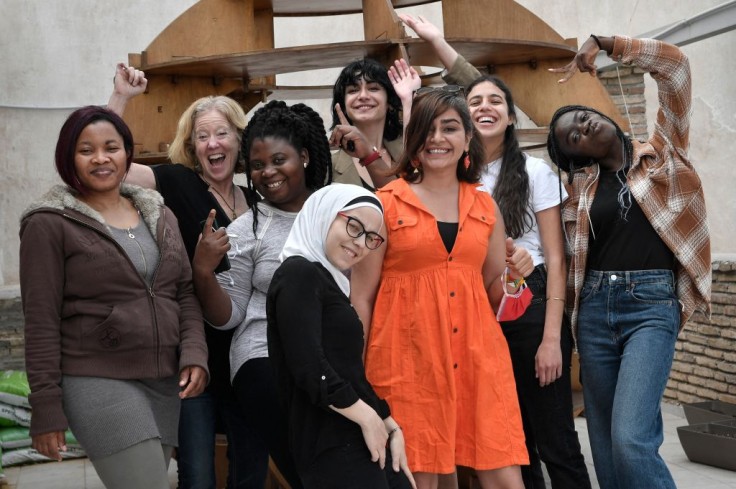
In an era where civic engagement is more crucial than ever, instilling a solid understanding of the three branches of government in our teenagers is a vital aspect of responsible parenting.
As we navigate the complexities of modern society, the need for informed citizens becomes increasingly apparent. We will explore effective strategies for introducing teens to the 3 branches of government, fostering a sense of civic responsibility and knowledge that will serve them well into adulthood.
Before delving into the specifics of the three branches, it's important to highlight the role of parents in shaping informed citizens.
Parenting plays a pivotal role in laying the groundwork for a child's understanding of the world around them. Encourage open discussions about current events, politics, and the importance of being an active participant in the democratic process.
Demystifying the 3 Branches of Government: A Comprehensive Overview
The Legislative Branch: Crafting Laws
Begin with an exploration of the legislative branch, which is responsible for crafting and passing laws. Discuss the structure of Congress, the House of Representatives, and the Senate. Emphasize the concept of representation and how elected officials advocate for the interests of their constituents. Encourage teens to follow current legislation and understand its impact on society.
The Executive Branch: Implementing Laws
Move on to the executive branch, headed by the President, whose role is to implement and enforce laws. Explain the president's powers, the cabinet, and the executive agencies. Help teens connect the dots between election cycles and the policies that directly affect their lives. Discuss the importance of checks and balances to prevent the abuse of power.
The Judicial Branch: Interpreting Laws
Conclude the overview with the judicial branch, which is responsible for interpreting laws and ensuring their constitutionality. Explore the structure of the federal court system, the Supreme Court, and the appointment of judges. Illustrate real-world examples of landmark cases that have shaped the nation's legal landscape. Foster an appreciation for the role of the judiciary in upholding justice and protecting individual rights.
Interactive Learning: Turning Knowledge into Action
Simulations and Debates: Making Learning Engaging
Transform theoretical knowledge into practical understanding through simulations and debates. Encourage teens to participate in mock trials, model Congress sessions, or engage in discussions about current legal issues. This hands-on approach helps solidify their understanding of the three branches and their functions.
Utilizing Online Resources: Embracing Technology
Harness the power of technology by exploring online platforms that offer interactive lessons on government structures. Websites, videos, and educational apps can make the learning process dynamic and engaging. This integration of technology aligns with the contemporary learning preferences of today's teenagers.
Read Also: Salmonella Outbreak Worsens: Recall Expanded for Cantaloupes as Cases Double Across 32 States
Encouraging Civic Engagement: Connecting Knowledge to Action
Now that your teens have a foundational understanding of the three branches of government, it's time to connect this knowledge to real-world civic engagement.
Encourage them to participate in local community initiatives, attend town hall meetings, or volunteer with organizations that align with their values. Instilling a sense of responsibility and activism will empower them to be informed and active citizens throughout their lives.
In raising informed citizens, the journey begins at home. By providing a comprehensive understanding of the three branches of government and fostering a sense of civic responsibility, parents play a crucial role in shaping the leaders of tomorrow.
The integration of interactive learning and real-world engagement ensures that this knowledge is not just theoretical but a guiding principle for a lifetime of active citizenship.
Related Article: Behind in Reading? Expert Tips to Boost Your Child's Literacy Skills